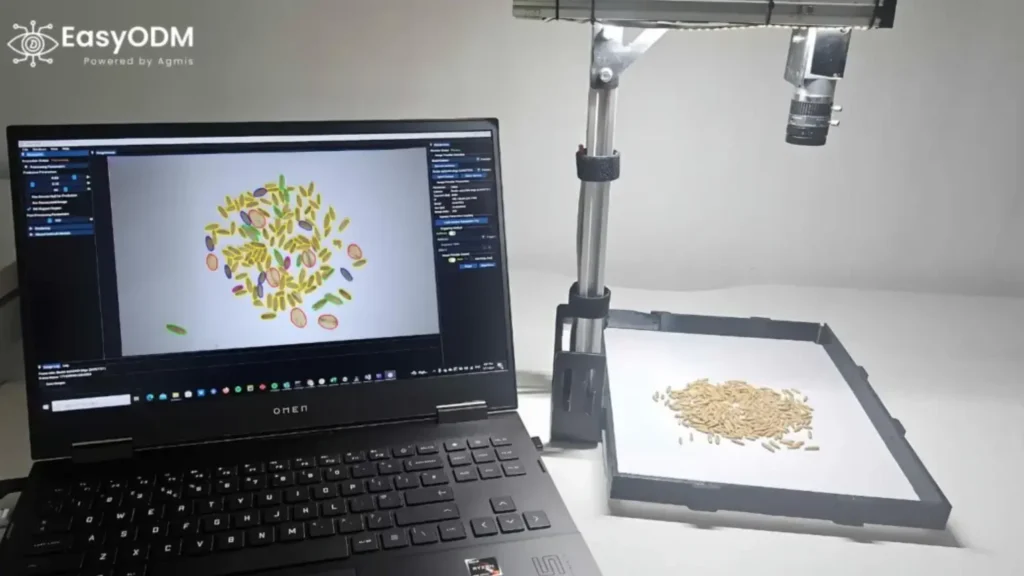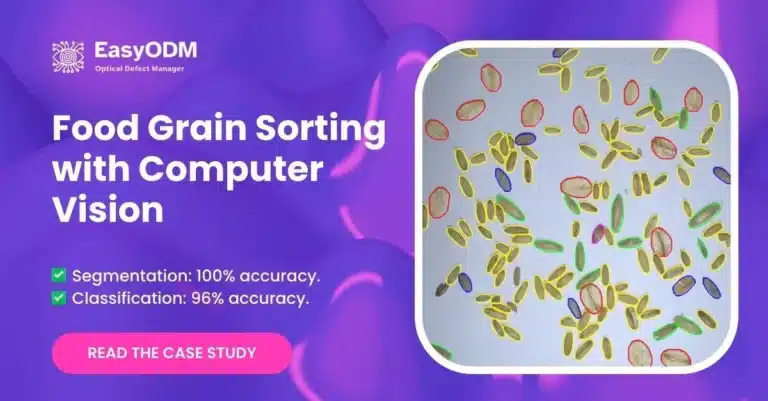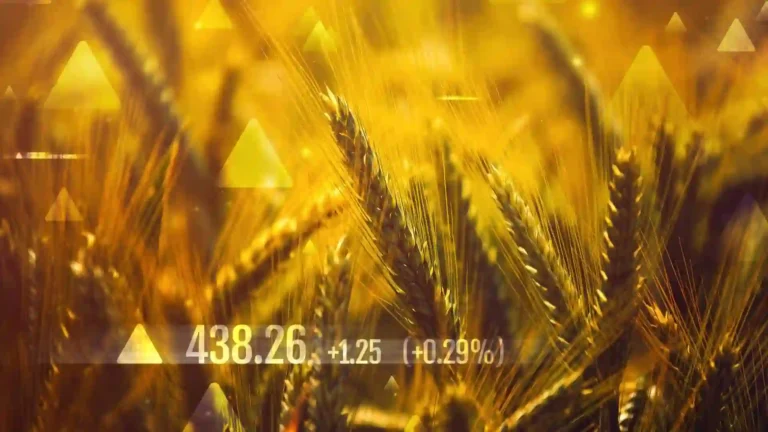Grain quality analysis is crucial in the agricultural industry, ensuring that grains meet specific standards for consumption and processing. By assessing various parameters, such as moisture content, protein levels, and impurities, stakeholders can maintain high quality and safety standards.
Importance of Grain Quality Analysis
Grain quality testing serves multiple purposes:
- Ensures Safety and Nutritional Value: Consumers rely on high-quality grains that are safe to eat and nutritionally beneficial.
- Market Standards Compliance: Farmers and suppliers need to meet specific quality standards to achieve better market prices and regulatory compliance.
- Reduces Post-Harvest Losses: Identifying and mitigating factors that cause spoilage helps in reducing losses during storage and transportation.
- Supports Traceability and Transparency: Quality testing records provide traceability throughout the supply chain, ensuring transparency and accountability from farm to table.
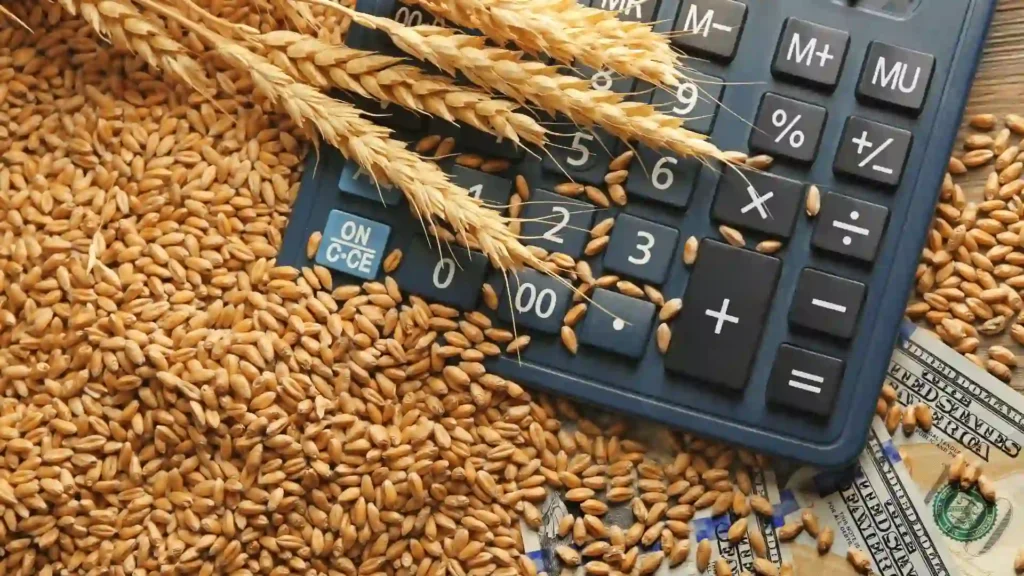
Methods of Grain Quality Analysis
Various methods and grain testing techniques are employed in grain quality analysis:
- Moisture Content Analysis: Accurate moisture content measurement prevents spoilage and ensures proper storage conditions. Moisture meters and sensors are commonly used for this purpose.
- Protein Content Testing: The protein level in grains, especially in wheat and barley, is an indicator of quality for specific uses like baking. Near-Infrared (NIR) technology is commonly used for protein analysis, providing quick and accurate results.
- Impurity and Defect Detection: Identifying and removing impurities such as stones, dust, and chaff is essential for maintaining grain purity and quality. Additionally, detecting defects like discoloration, broken grains, and damage from pests is critical to ensure overall grain quality. Visual defect detection technologies, such those used by EasyODM, detect defective grains, ensuring quality and efficiency throughout the manufacturing process.

Advanced Technologies in Grain Quality Analysis
Modern advancements have introduced more sophisticated tools and methods for grain quality analysis:
- Machine Vision and AI: Advanced machine vision systems use high-resolution cameras and AI algorithms to detect and classify grain defects with high precision. This technology enhances the accuracy and efficiency of grain sample purity analysis.
- Near-Infrared Spectroscopy (NIR): NIR technology is widely used to measure moisture, fat, protein, as well as other contents. It is a non-destructive testing method that provides rapid results, making it suitable for high-throughput environments.
- Real-Time Monitoring: Implementing real-time monitoring systems allows for immediate detection and removal of defective grains, ensuring that only high-quality grains proceed through the supply chain.
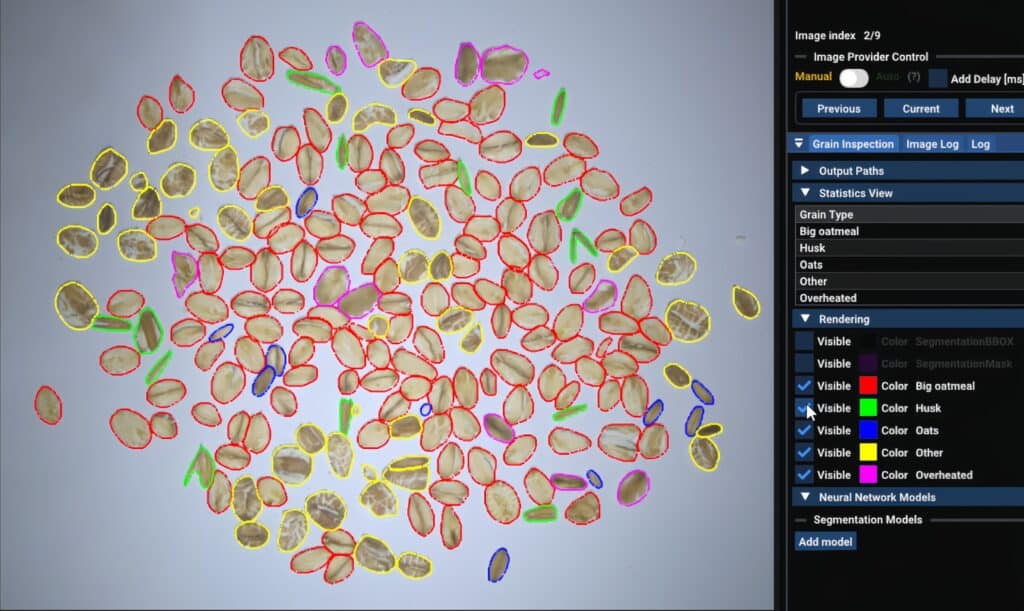
Benefits of Grain Quality Analysis for Stakeholders
Grain quality analysis provides substantial benefits to various stakeholders in the agricultural sector:
- Farmers: Ensuring that grains meet quality standards will help farmers achieve better market prices and reduce waste. High-quality produce enhances the reputation of farmers and increases their competitiveness in the market.
- Processors: Grain processing companies benefit from increased efficiency and consistency. Automated systems minimize human error and speed up the sorting process, leading to higher throughput and better product quality.
- Regulatory Bodies: For regulatory agencies, precise and reliable grain quality testing ensures compliance with food safety standards. This helps in protecting public health and maintaining consumer trust.
- Consumers: Ultimately, consumers receive high-quality, safe, and nutritious grain products. Rigorous quality control processes ensure that only the best grains reach the market, enhancing consumer confidence and satisfaction.
Traditional grain quality analysis method
Manual vs machine vision grain quality analysis
Traditional, manual labor grain quality analysis, as illustrated in the first video, involves a hands-on, time-consuming process where workers visually inspect grains for defects, measure them, and assess quality based on experience. This method can be subjective, prone to human error, and less consistent. In contrast, automated machine vision algorithms offer a more efficient and objective approach. These systems use advanced image processing and AI to analyze grain quality with high precision, processing large volumes quickly and consistently. This automation is 30x faster, therefore being able to minimize labor costs by 30x, and has 96% accuracy, making it a superior method for large-scale operations.
Conclusion
Grain quality analysis and control are vital components of the agricultural supply chain, ensuring that grains meet the necessary standards for safety, nutritional value, and marketability. The integration of advanced technologies, such as machine vision and AI, can significantly enhance the accuracy and efficiency of grain quality testing processes. By adopting these methods, the agricultural industry can improve product quality, reduce waste, and ensure compliance with regulatory standards, benefiting all stakeholders involved.
